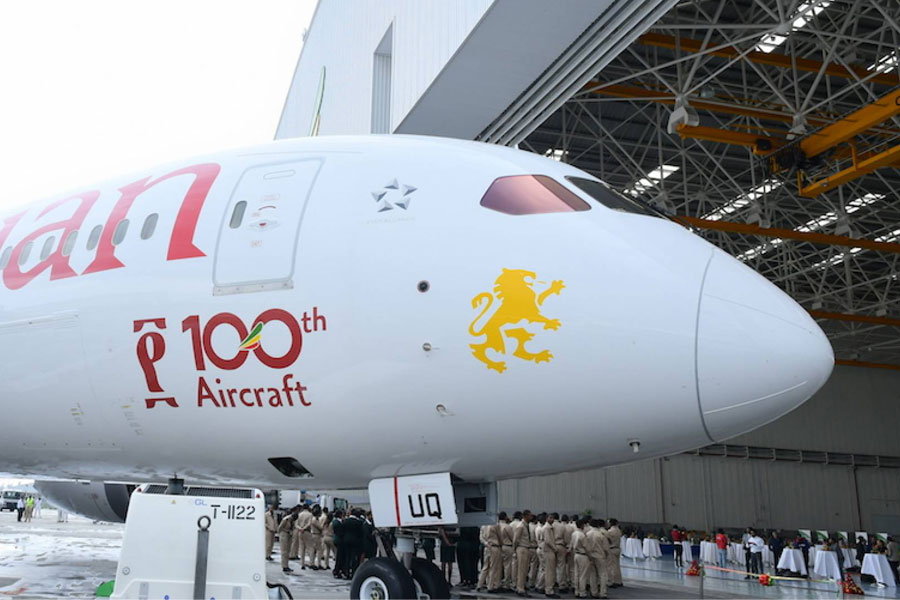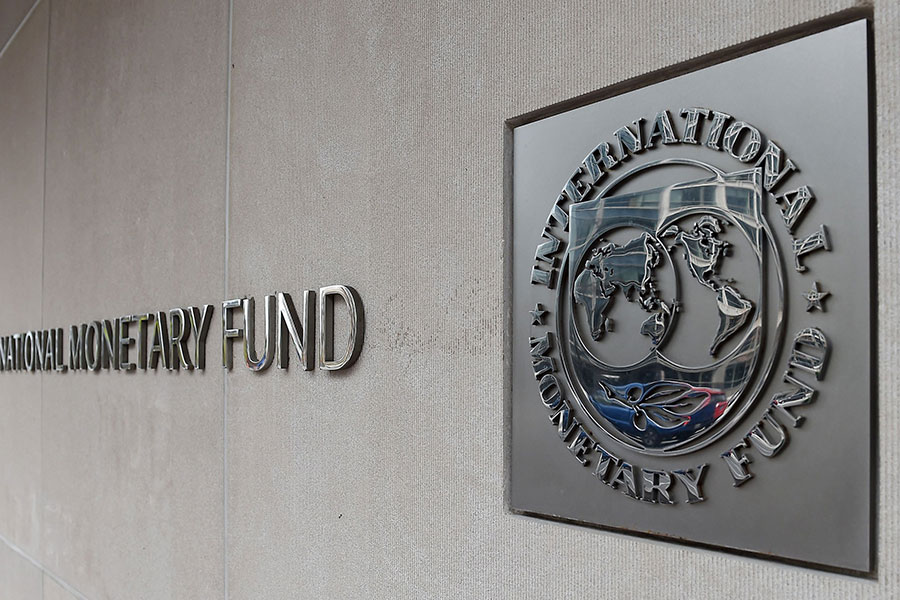
Radar | Oct 03,2020
Ethiopia needs one billion dollars in order to pay for its humanitarian response efforts in 2020, according to UN officials. Most of the money will be spent to provide life-saving assistance to seven million Ethiopians, 81pc of who are children and women, the UN estimates.
To date, only 10.5pc of this requirement has been secured from international assistance, the United States being the largest donor by far. Germany and the UK follow.
Beside the usual vulnerability to drought, locust infestations have affected 173 weredas across seven of the nine regional states. The federal government is finalising a countrywide assessment to determine the impact on food production from the locust invasions seen beginning in late 2019.
Ongoing conflict among communities and a military operations in half of the weredas in the western Wellega Zone of Oromia Regional State continue to cause large numbers of displacement. Close to 200,000 people have been displaced in Guji, West Guji and West Wellega zones and have remained "without adequate assistance" for months, says the UN.
Mitiku Kassa, commissioner for the National Disaster Risk Management Commission, recently briefed the international community in Geneva, Switzerland, about the "frequency and intensity" of recurrent drought in Ethiopia.
Since 2017 though, he said, "the country has also been dealing with the unfortunate consequences of inter-community conflict."
PUBLISHED ON
Mar 13,2020 [ VOL
20 , NO
1037]

Radar | Oct 03,2020

Radar | Sep 14,2025

Radar | May 03,2025

Commentaries | Mar 20,2021

Radar | Jul 21,2024

My Opinion | Jun 07,2020

Fortune News | Feb 23,2019

Viewpoints | Nov 02,2019

Radar | Apr 30,2021

Fortune News | Aug 28,2021

Dec 22 , 2024 . By TIZITA SHEWAFERAW
Charged with transforming colossal state-owned enterprises into modern and competitiv...

Aug 18 , 2024 . By AKSAH ITALO
Although predictable Yonas Zerihun's job in the ride-hailing service is not immune to...

Jul 28 , 2024 . By TIZITA SHEWAFERAW
Unhabitual, perhaps too many, Samuel Gebreyohannes, 38, used to occasionally enjoy a couple of beers at breakfast. However, he recently swit...

Jul 13 , 2024 . By AKSAH ITALO
Investors who rely on tractors, trucks, and field vehicles for commuting, transporting commodities, and f...

Oct 18 , 2025
The political establishment, notably the ruling party and its top brass, has become p...

Oct 11 , 2025
Ladislas Farago, a roving Associated Press (AP) correspondent, arrived in Ethiopia in...

Oct 4 , 2025
Eyob Tekalegn (PhD) had been in the Governor's chair for only weeks when, on Septembe...

Sep 27 , 2025
Four years into an experiment with “shock therapy” in education, the national moo...